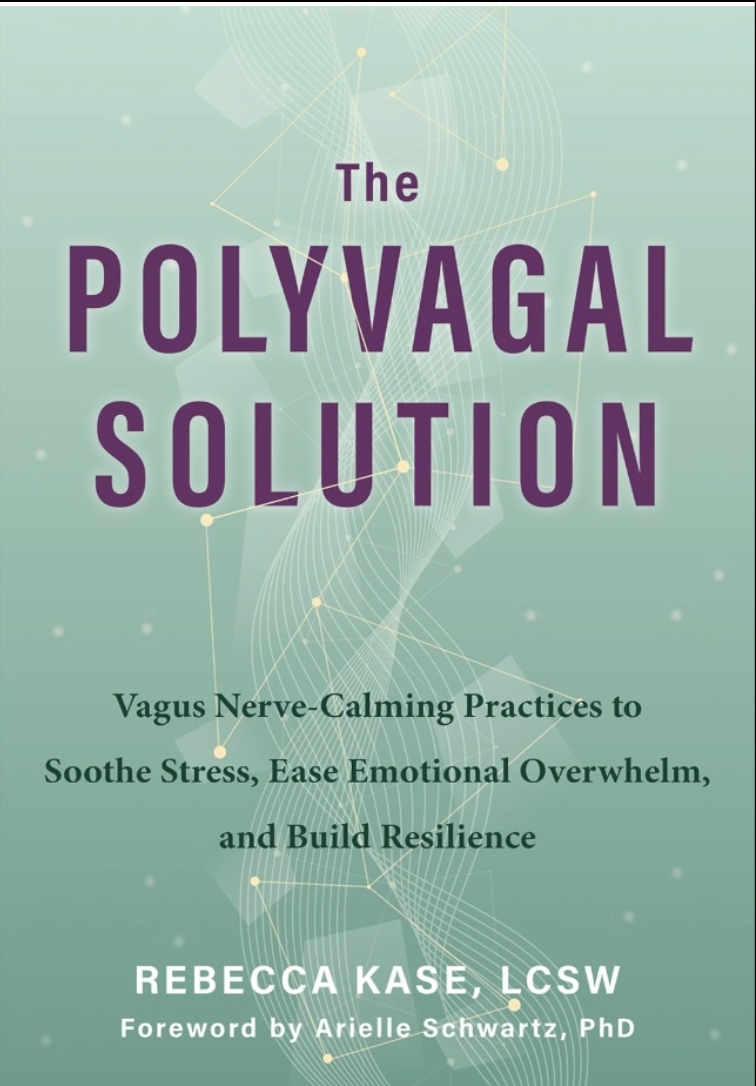Lifestyle
How to recognize the best balsamic vinegar?

There are simple straightforward ways to recognize good quality balsamic vinegar when standing in a supermarket in front of a dozen different labels.
The secrets we will share below will help you not only recognize the best balsamic vinegar but therefore have available in your kitchen a product of the highest quality that can add that touch of uniqueness to your cooking.
Go for a recognized brand
The world of balsamic vinegar of Modena is full of traditions, family secrets passed from generation to generation, and a deep love for what is considered a national patrimony, the historical production of this dark, syrupy, tart, and at the same time, sweet ingredient. No surprise it’s an Italian product, after all, Italy is well-known for its food.
To make sure you are choosing the best balsamic vinegar of Modena, your best bet is to go for a recognized name, like Acetaia Leonardi.
This acetaia, which is the name of the place where balsamic vinegar is made, has its own vineyard of typical Lambrusco and Trebbiano grapes, but what is more, every step in the production cycle happens in the property, under the guidance of a family that has been making balsamic vinegar of the highest quality for years, and always following the established regulations that guarantee a very balanced final product with incredible flavors, unique perfumes, and the honey-like texture that has enchanted chefs around the world
Look at the bottle and the label
When looking for the best quality balsamic vinegar, there are a few hints that will lead you in the right direction.
What should the bottle look like? Historically, balsamic vinegar has been presented in glass bottles. As a fun fact, bottles are regulated and can tell a whole lot about the type of balsamic vinegar they hold.
However, it’s the label where all the information you need to recognize the best balsamic vinegar. The real balsamic vinegar is produced in the province of Modena and Reggio Emilia, using grapes from this particular region, like Lambrusco, Ancellotta, Trebbiano, Sauvignon, and Berzemino, among others, and following a strict set of rules and regulations that guarantee the quality of the final product.
On the label, we should avoid being misled by the name of balsamic vinegar of Modena, since many imitations claim that name, we should instead look for the denominations IGP or DOP.
These denominations mean that the balsamic vinegar we are buying is up to certain standards and guarantee we are using a product that is of the highest quality.
DOP or IGP?
The main difference between these two denominations is in the production process.
When we are talking about the balsamic vinegar of Modena IGP, we have a product made with grape must from a variety of local grape kinds, like Lambrusco, Sangiovese, Trebbiano, Albana, Ancellotta, Fortana, Montuni. Once the grape must is obtained, a quote of aged balsamic vinegar is added to the mix, and it’s let to age for a minimum of 60 days in wooden barrels, but this time could be longer too.
In the case of the traditional balsamic vinegar of Modena DOP, we find grapes as the unique ingredient, with the following varieties as the base of the grape must: Lambrusco, Ancellotta, Trebbiano, Sauvignon, Berzemino, Sgavetta e Occhio di Gatta. In this case, the aging process is a lot longer, with a minimum of 12 years in wooden barrels (commonly known as “affinato”) or also 25 years (which is called “extra vecchio”).
Conclusion
There are a few tips that can help anyone recognize the best balsamic vinegar. Going for quality in such a special and unique product will without a doubt, influence the quality of your cooking, therefore is imperative to choose wisely.
Lifestyle
The Missing Piece in Self-Help? Why This Book is Changing the Wellness Game

Self-help shelves are full of advice — some of it helpful, some of it recycled, and most of it focused on “mindset.” But Rebecca Kase, LCSW and founder of the Trauma Therapist Institute, is offering something different: a science-backed, body-first approach that explains why so many people feel struck, overwhelmed, or burned out — and what they can actually do about it.
A seasoned therapist and business leader, Kase has spent nearly two decades teaching others how to navigate life through the lens of the nervous system. Her newest book, “The Polyvagal Solution,” set to release in May 2025, aims to shake up the wellness space by shifting the focus away from willpower and onto biology. If success has felt out of reach — or if healing has always seemed like a vague concept — this book may be the missing link.
A new way to understand stress and healing
At the heart of Kase’s approach is polyvagal theory, a neuroscience-based framework that helps explain how our bodies respond to safety and threat. Developed by Dr. Stephen Porges, polyvagal theory has transformed the way many therapists understand trauma, but Kase is bringing this knowledge to a much wider audience.
“The body always tells the truth,” Kase says. “If you’re anxious, exhausted, or always in overdrive, your nervous system is asking for support, not more discipline.”
“The Polyvagal Solution” makes this complex theory digestible and actionable. Instead of promising quick fixes, Kase offers strategies for regulating the nervous system over time, including breathwork, movement, boundaries, and daily practices that better align with how the human body functions. It’s less about pushing through discomfort and more about learning to tune in to what the body needs.
From clinical expertise to business insight
What sets Kase apart isn’t just her deep understanding of trauma but how she blends that knowledge with real-world experience as a business owner and leader. As the founder of the Trauma Therapist Institute, she scaled her work into a thriving company, all while staying rooted in the values she teaches.
Kase has coached therapists, executives, and entrepreneurs who struggle with burnout, anxiety, or feeling disconnected from their work. Regardless of who she works with, though, her message remains consistent: the problem isn’t always mindset — it’s often regulation.
“Success that drains you isn’t success. It’s survival mode in disguise,” Kase explains. Her coaching programs go beyond traditional leadership training by teaching high achievers how to calm their nervous systems, enabling them to lead from a grounded place, not just grit.
Making the science personal
For all her clinical knowledge, Kase keeps things human. Her work doesn’t sound like a lecture but rather like a conversation with someone who gets it. That’s because she’s been through it herself: the long hours as a therapist, the emotional toll of supporting others, the realities of building a business while managing her own well-being.
That lived experience informs everything she does. Whether she’s speaking on stage, running a retreat, or sharing an anecdote on her podcast, Kase has a way of weaving humor and honesty into even the heaviest topics. Her ability to balance evidence-based practice with practical advice is part of what makes her voice so compelling.
Kase’s previous book, “Polyvagal-Informed EMDR,” earned respect from clinicians across the country. But “The Polyvagal Solution” reaches beyond the therapy community to anyone ready to understand how their body is shaping their behavior and how to create real, sustainable change.
Why this message matters
We’re in a moment where burnout is common and overwhelm feels normal. People are looking for answers, but many of the tools out there don’t address the deeper cause of those feelings.
That’s where Kase’s work lands differently. Instead of telling people to “think positive” or “try harder,” she teaches them how to regulate their own biology. And in doing so, she opens the door for deeper connection, better decision-making, and more energy for the things that matter.
As more workplaces begin to embrace trauma-informed leadership, more individuals are seeking solutions that go beyond talk therapy and motivational content. Kase meets that need with clarity, compassion, and a toolkit rooted in both science and humanity.
A grounded approach to lasting change
What makes “The Polyvagal Solution” stand out is its realism. It doesn’t ask readers to overhaul their lives but instead asks them to listen — to pay attention to how their bodies feel, how their stress patterns manifest, and how even small shifts in awareness can lead to significant results over time. Whether you’re a therapist, a team leader, or someone trying to feel more at ease in your own skin, this book offers a way forward that feels both grounded and achievable.
Rebecca Kase isn’t just adding another title to the self-help genre. She’s redefining it by reminding us that we don’t have to muscle our way through life. We just have to learn how to work with, not against, ourselves.
And maybe that’s the real game-changer we’ve been waiting for.
-

 Tech4 years ago
Tech4 years agoEffuel Reviews (2021) – Effuel ECO OBD2 Saves Fuel, and Reduce Gas Cost? Effuel Customer Reviews
-

 Tech6 years ago
Tech6 years agoBosch Power Tools India Launches ‘Cordless Matlab Bosch’ Campaign to Demonstrate the Power of Cordless
-

 Lifestyle6 years ago
Lifestyle6 years agoCatholic Cases App brings Church’s Moral Teachings to Androids and iPhones
-

 Lifestyle4 years ago
Lifestyle4 years agoEast Side Hype x Billionaire Boys Club. Hottest New Streetwear Releases in Utah.
-

 Tech7 years ago
Tech7 years agoCloud Buyers & Investors to Profit in the Future
-

 Lifestyle5 years ago
Lifestyle5 years agoThe Midas of Cosmetic Dermatology: Dr. Simon Ourian
-

 Health6 years ago
Health6 years agoCBDistillery Review: Is it a scam?
-

 Entertainment6 years ago
Entertainment6 years agoAvengers Endgame now Available on 123Movies for Download & Streaming for Free
